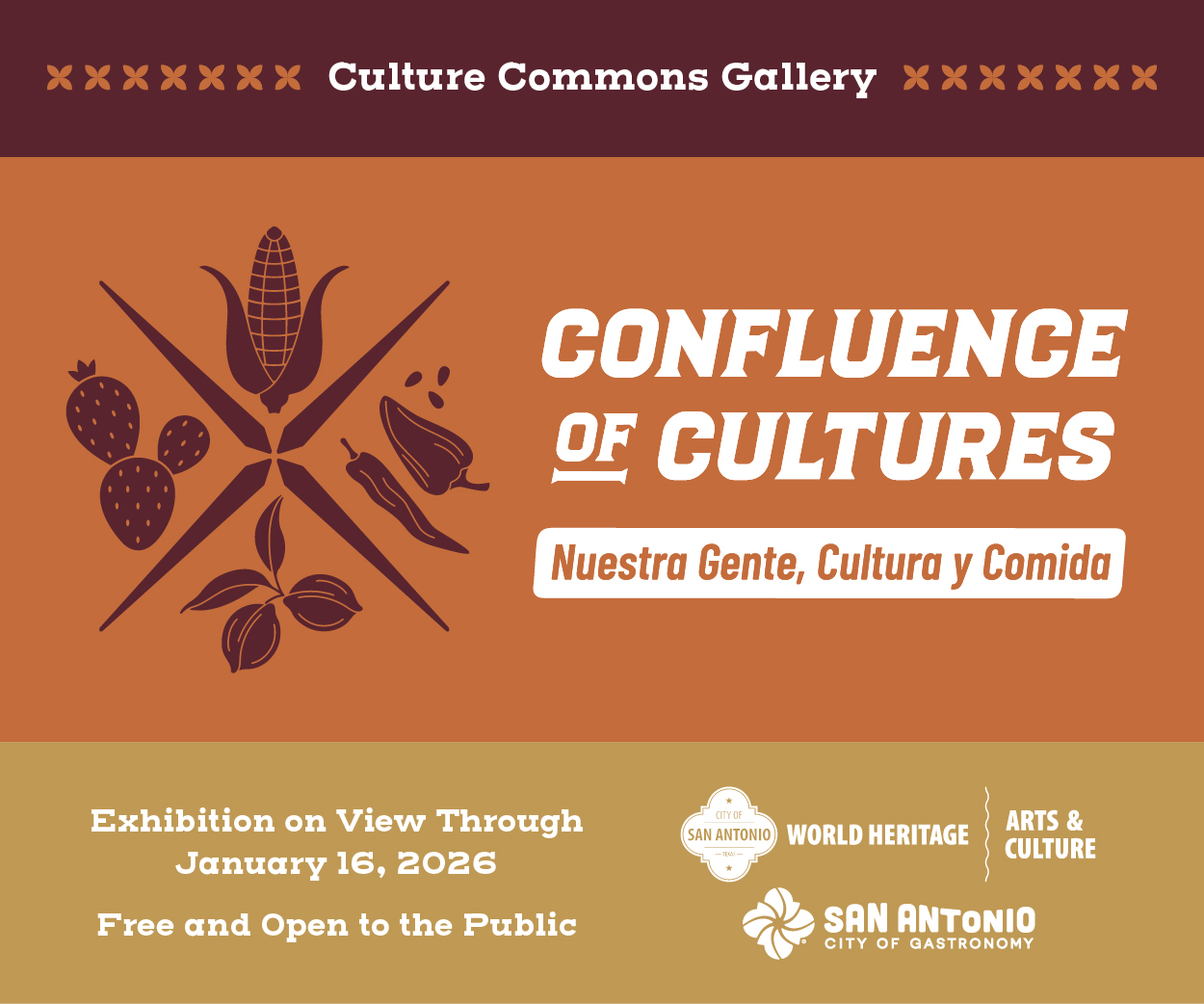Curanderismo (folk healing) is an integral component of the fabric that is very much a part of the Mexican American cultural, social, and historical heritage. My paternal grandmother, Doña Emilia, or Memia as we fondly called her was a curandera (healer). Her older sister, Doña Ester, was a renowned curandera in Nuevo Laredo, Tamaulipas, Mexico, where she lived with her husband Don Manuel Ibarra. Both women were highly respected in their communities for their reputation of healing the sick. Doña Ester wanted us to call her Mamá Ester, but in our developing sense of hearing since we were small children, the name sounded like Mamá Tay, and so that became her sobriquet. Their house was located at the corner of Degollado and Gutiérrez and across the street on Degollado, my parents and my older siblings Peter and Lupe lived before crossing the Río Grande and immigrating to Laredo, Texas. This was in the early 1940s, so I was not born yet.
When my siblings and I were growing up in the Barrio El Azteca in Laredo, Texas, during the late 1940s and early 1950s, my mother learned many home healing remedies from both Memia and Mamá Tay. So, on very, very rare occasions that Mamá had the neighbors (Tencha or Conchita), who had a telephone, call Dr. Raúl de la Garza to make a house call. He seemed tall, and of medium built, and was always well groomed and impeccably dressed in a coat and tie. All the people in the barrio knew the good doctor was in the neighborhood because of his long and dark blue Cadillac that barely made it through the narrow unpaved streets.
Dr. de la Garza wasn’t even called when I was born. It was customary in the barrio El Azteca that babies were born at home with the assistance of a mid-wife. Only the middle- and upper-class families could afford to have their children born at Mercy Hospital. In my case, the mid-wife saved my life. Instead of coming out normal, I somehow got twisted inside the placenta and ended up feet first. And the umbilical cord got tangled around my ruddy head and neck. I never knew who she was and now I am sorry I didn’t ask Mamá about it so that I could have met her in person and offer my sincere gratitude.
Whenever I had a cólico (stomach ache), Mamá boiled the leaves of the Estafiate plant (Mugwort) and gave them to me in the form of hot tea. She grew this plant behind the house, in the small backyard. Surprisingly, the pain went away. She also had great faith in the Arnica, another herb that she used for bruises and cuts. And Mamá used these two herbs very effectively well into my high school days.
When I had an empacho (indigestion), Mamá placed an egg on the stomach and moved it around until I would tell her the area where the discomfort was located. She would then crack the egg and covered it with strips of cloth. The empacho caused diarrhea and loss of appetite. I felt like something was stuck in the stomach or was blocking the intestines. Mamá told me that I was eating too quickly and not digesting the food properly. If at the end of the day, I was still aching, then Dr. Raúl de la Garza was summoned. He had an innate nervous twitch of turning his head from side to side, as if slowly saying, “No.” Mamá was afraid of asking him how I was doing. Nonetheless, as a last resort, he came and with a calm expression on his face, he gently removed each sticky strip of saturated cloth to check my stomach.
Now, my two siblings and I affectionately called our paternal grandfather Pana instead of his real name Don Cipriano Juárez. Pana claimed that he had a special God given gift–a don, for curing people of the mal de ojo (the evil eye). His remedy, which I personally witnessed, was quite an experience for a six-year-old. Pana was also the only member of the family who claimed to have supernatural powers to give the evil eye, which was not done with a malicious intent. Whether it was true or not, nobody dared questioned him. On the contrary, he had our utmost respect. According to what I heard from aMamá of this phenomenon, if Pana was attracted by another human being or by a material object, then he needed to touch it. Otherwise, the affected person got sick with fever, body aches, and vomiting or the ornate vase broke into little pieces.
One afternoon, Mamá started complaining about severe pain in her lower extremities. Memia stopped by to visit and Mamá told her about her discomfort. Immediately, she exclaimed in a loud voice, “Alguien te hizo ojo!” (“Someone gave you the evil eye!”). Mamá tried to recall who had visited her during the day, or when she was outside hanging the clothes to dry maybe someone passing by might have seen her. Then, Memia said, “As soon as Pana comes home from work, I will have him come over right away.” When he arrived, he asked Mamá to lay down on the small bed. He gently brushed her legs with a bundle of leaves while in sotto voce, he recited some incantation in Spanish. Then, he swept her legs with an egg and afterwards cracked it and placed it on a small plate with water with two broom sticks in the form of a cross over the yolk and placed it under the bed. He said that when the yolk breaks, she was well because the egg was supposed to take the evil spirits away from Mamá. We all sat in the kitchen waiting. About an hour later, Mamá was standing by the doorway, smiling and saying that the pain had gone away.
On several occasions, Mamá Tay came to the house to cure my sister and Mamá of susto, which occurred when they became frightened. She told Mamá that when this happened, the spirit is temporarily separated from the body and needs to be reunited. I vividly remember that she asked Mamá to lay on the small bed and then proceeded to sweep her body with a bundle of herbs while simultaneously reciting an incantation in Spanish. This ritual was repeated for three consecutive nights.
I clearly recall one time when I became a victim of susto. This occurrence happened in 1950 and I was four years old. On a hot Saturday afternoon, Pana and I were walking from Nayo’s Grocery Store on Iturbide Street to our house at 402 San Pablo. We were walking on the Arroyo del Zacate bridge when I stuck my head between the concrete pillars to see if there were any fish in the creek. When I wanted to leave, I could not get my head out. Naturally I panicked and became very frightened. My grandfather tried to pull me by different body parts, but to avail. He ran for help and in the meantime, I was giving my small behind to the vehicular traffic that was going by. I was really scared. A commotion soon ensued with people from the neighborhood coming over to see what was going on. Finally, someone brought a bucket of water with plenty of soap and threw it over my head. Voila!–my head slipped off with no problem, and Pana rushed me home to start the treatments for susto.
In this photograph, taken by Jo Emma in 1995, I am pointing to the elongated and narrow opening on the concrete rail of the Arroyo del Zacate bridge, facing north, where I stuck my head forty-five years ago.
Even without having a black and white television set or a telephone in our home to call our friends, there was never a dull moment growing up in the Barrio El Azteca.
Curanderismo (Folk Healing)









